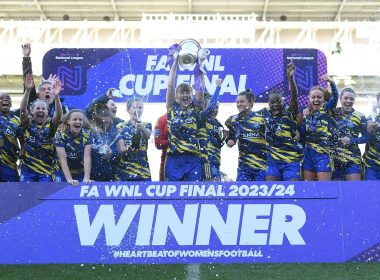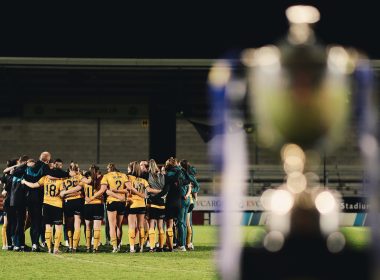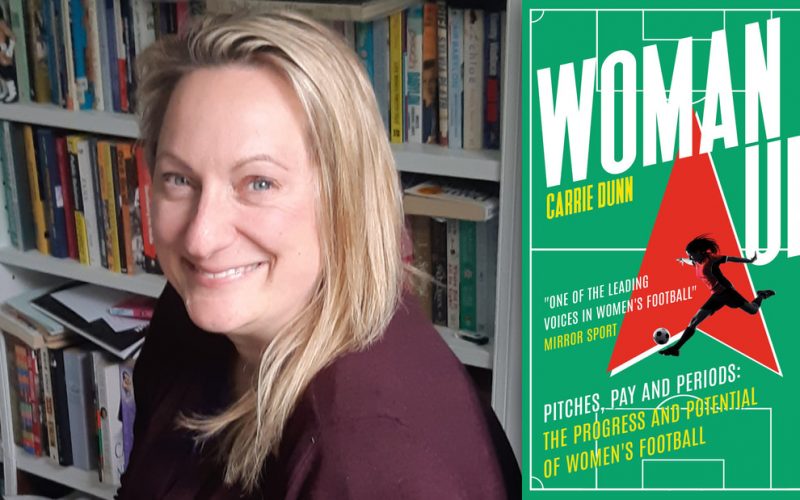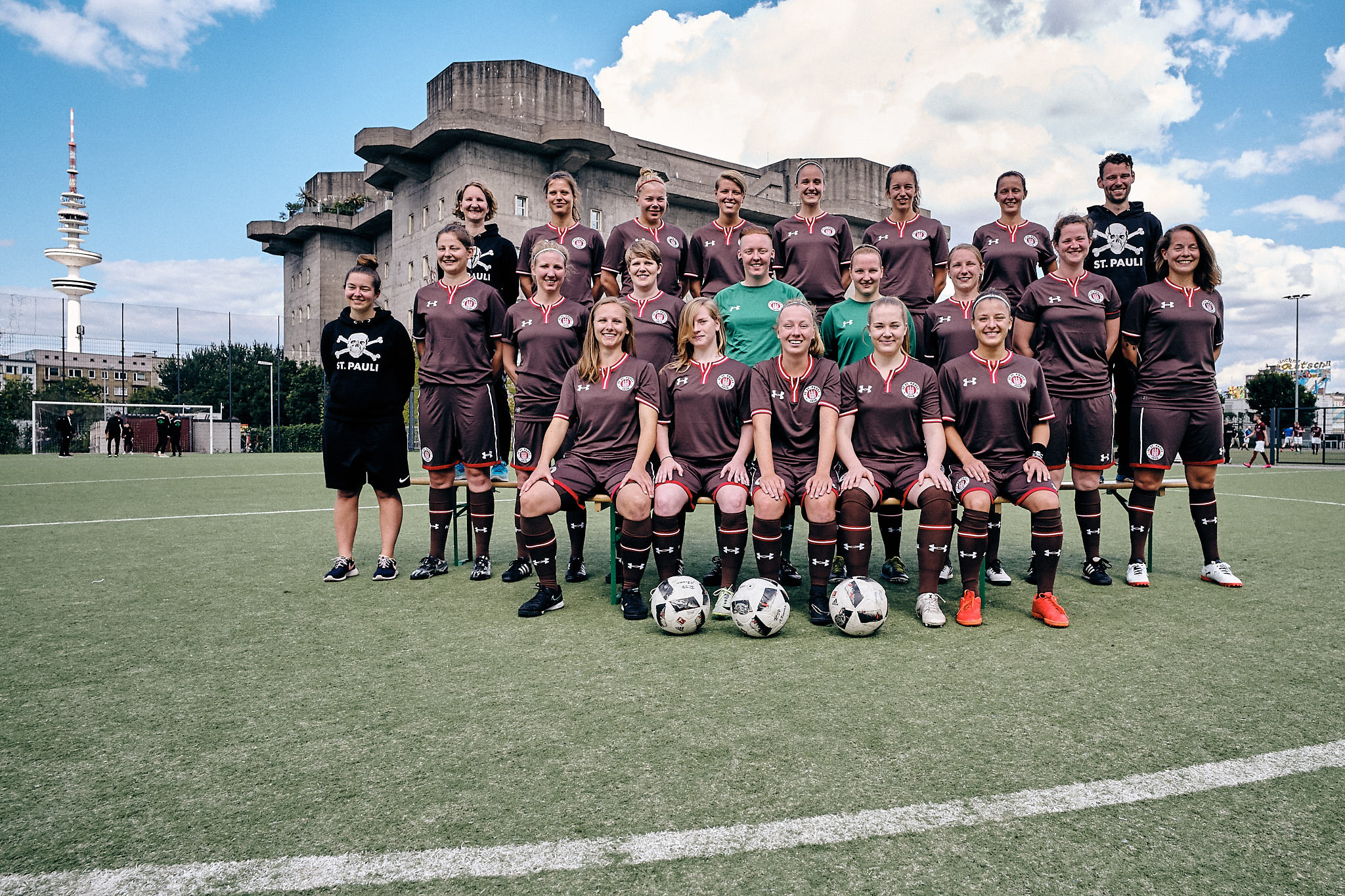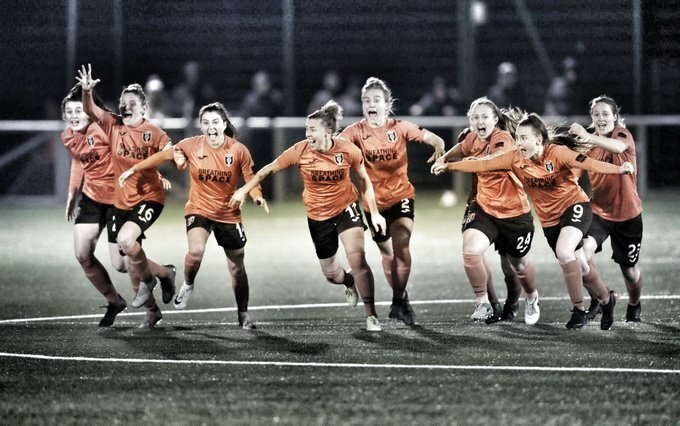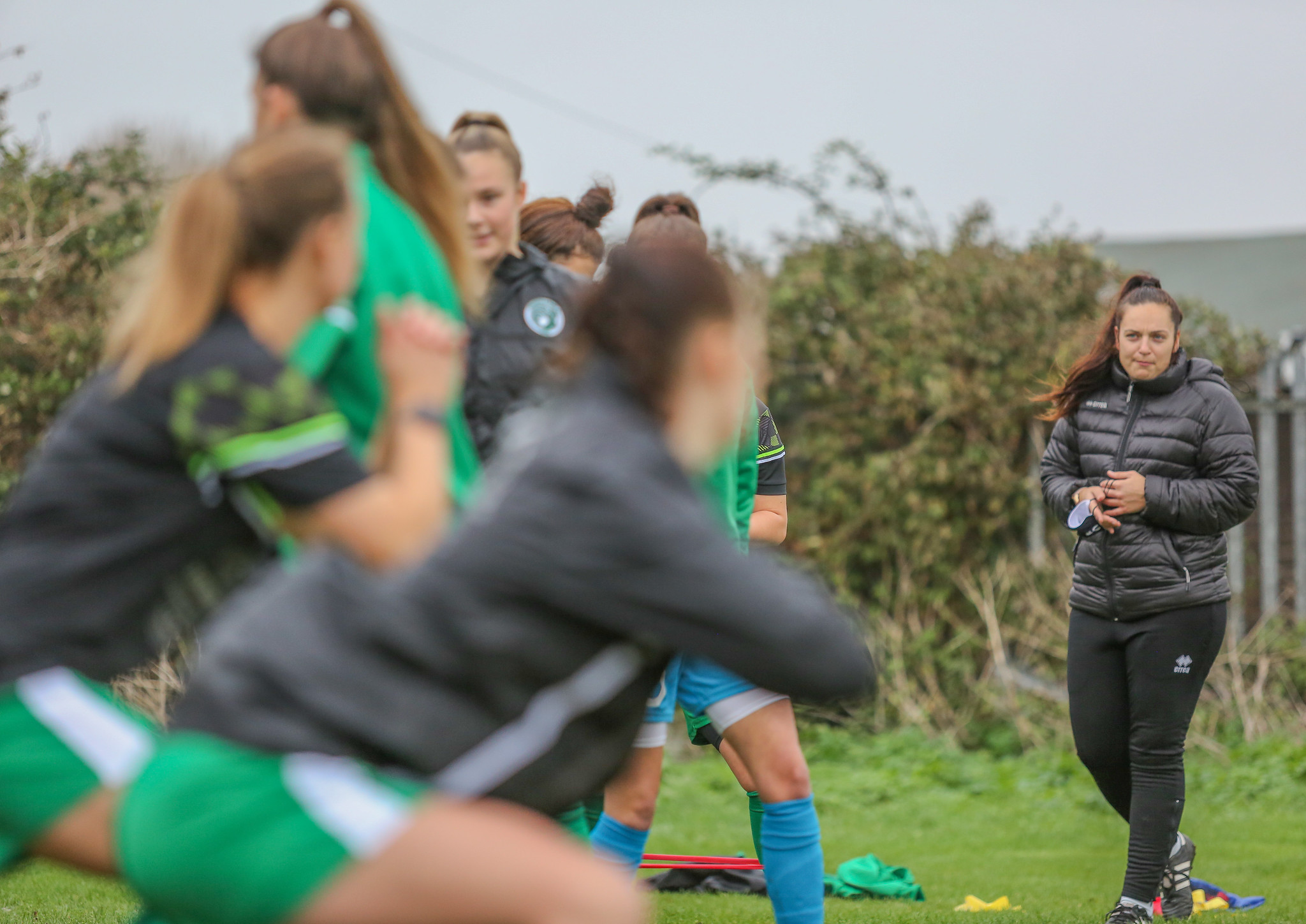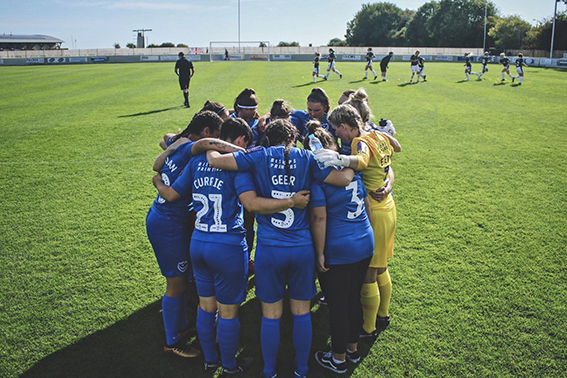Carrie Dunn is a prolific writer whose books have covered everything from the Lionesses Euros win to the history of their historical counterparts. Her latest book is about the growth of the Women’s game as a whole and the stumbling blocks we face in getting the pyramid on an equal footing. She sat down with Allie explaining why she wrote the book and what she hopes the governing bodies can accomplish in achieving their goals.
So let’s get the awkward bit out of the way. Can you give us the elevator pitch of your book and what it’s about?
Carrie: It’s the story of women’s football globally through an exploration of the challenges female players have faced across the generations, from facilities to physiology.
Speaking of pitches (seamless transition 😉 if there ever was one ). One of the big topics in this book is the facilities that women’s teams are expected to use. Have you seen an improvement in this? Is this only for the top teams or a greater improvement generally?
C: Absolutely things are getting better at the top end but this is still a big problem throughout the pyramid. Partially it’s a matter of investment and infrastructure – with more girls and women playing, more resources are needed, but that takes time to construct, even if there’s space to construct it.
I do worry that female players being attracted to the game will be put off it very quickly if the facilities aren’t there, or simply aren’t set up for women (eg sanitary bins are a really quick and obvious way to make a space more appropriate for female users).
In grassroots football, we are seeing girl’s teams having their pitches taken from them. and given to boy’s teams. Does that suggest we still have a while to go in changing attitudes?
C: we still have problems around the way teams and competitions are given “priority” over facilities and resources, ending up with girls/women bumped from a pitch or asked to play at a later time.
The second P that your book covers is pay. There was lots of chat regarding Keira Walsh being the most expensive player.
C: In terms of salary at the top end, I am really pleased that the best women are making a great living from the game. The concern here again has to be the trickle-down effect – with all the talk about expanding the WSL and so on, the money needs to be there to ensure players are paid competitively.
Within the women’s game, it feels less transparent than their male counterparts. Is this more beneficial as it stops pressure from being applied? Or detrimental as speculation can lead to problems for players.
C: It’s interesting the way that female player contracts are more opaque than the men’s – it can be hard to find out contract lengths, for example, and transfer fees are next-to-impossible to ascertain. I think transparency is always good but I can completely see why clubs like to keep these things quiet!
There is already talk of a salary cap to stop the better-backed teams from player stacking. Is this fair?
C: I have to say that when the WSL first started and there were salary caps and the centrally-contracted England players were shared round, I thought this was a good idea, to encourage a competitive league and to ensure that all the teams were starting from a relatively level playing field. Obviously, at that point, the WSL was inspired a little more by the US set-up, which is quite different to the way we usually organise our sport over here!
Will this stop the game from emulating how the male teams have gone?
C: We are seeing the women’s game become more and more like the men’s Premier League at the top level, which is probably not surprising as the big clubs put more and more into their women’s team, but there’s a little bit of me that wishes the more equal initial WSL set-up had been given some more time!
The final p is periods which has been a huge focus due to the fact they are trying to establish a link between a cycle and the ACL injuries we have seen.
C: It was so interesting to talk to researchers and sports scientists about what they know about the menstrual cycle and how it affects players’ physiology. What’s inspiring is that it’s not just a negative thing, with a possible impact on injuries and tiredness, but there are also times in the cycle when a player feels strong and energetic and can train more. It makes it so important for clubs and players to be taking an individualised approach on this – a squad will need their own personalised training load to take account of these things. I hope we will see this happen more widely in the future at all levels.
Are clubs doing enough? We have only just had some moveover from using white shorts!
C: The kit issue is such a simple thing! It can make women feel more comfortable and confident when playing football.
Let’s talk media. You have been in the game for a long time. What changes have you seen? Better or worse?
C: When I first started writing about women’s football, the very idea of having dedicated women’s football reporters on staff at a major newspaper would have been laughed at. I remember lobbying with a female colleague to cover some matches from a Women’s World Cup (from the television – not asking an editor to pay money to send us places!) and having a lot of jokes made at our expense!
I am so grateful and pleased that there are a small and highly committed group of women’s football reporters now; they work so, so hard to provide coverage but they have a lot of challenges their men’s football counterparts don’t. For a start, there is usually only one women’s football reporter per media outlet, and they are generally expected to be covering everything and everyone – club, international, wherever. (Men’s football reporters often have a region or “patch” they cover, and if they don’t, they’ll be working within a team, rather than by themselves.)
With the growth of mainstream interest which is wonderful. We are seeing a somewhat sloppy approach to research. Incorrect names or unrelated anecdotes.
C: With limited space, our reporters will often be told to focus on the “big” names or “big” games because that’s what draws the readership – important in a heavily competitive media landscape – and of course, they can’t be in more than one place at once! I think a lot of people – fans and clubs included – think that women’s football has “made it” because it’s on the telly every week, and are expecting just the same in newspapers and online as happens for the men’s game – but we are not there yet.
What advice would you give to those diving into the game for the first time?
C: For those coming to the women’s game for the first time, welcome. Women’s football has always been an incredibly welcoming space with a fantastically friendly atmosphere. Don’t expect it to be as tribal or partisan in the ground as at a men’s match, and you’ll do just fine. (And don’t restrict yourself to just the WSL or Championship – there’ll be grassroots women’s teams near you who’ll really welcome an extra voice on the sidelines cheering them on – and who knows, you could be watching a future Lioness.)
Thank you so much for your time, where can the good people find you?
You can find me on X at @carriesparkle, Instagram at @carriesparkle123 or www.carriedunn.net.
Woman Up: Pitches, Pay and Periods – The Progress and Potential of Women’s Football is available from all good bookshops right now, with signed copies at the following stores throughout December: Waterstones Piccadilly (London), Waterstones Milton Keynes, Waterstones Guildford, Waterstones Aberystwyth, Waterstones Liverpool One, Awen Meirion (Bala, Wales), Stanchion Books (online), Brown Books (Luton, Bedfordshire), and Bow Books (Royston, Herts).



